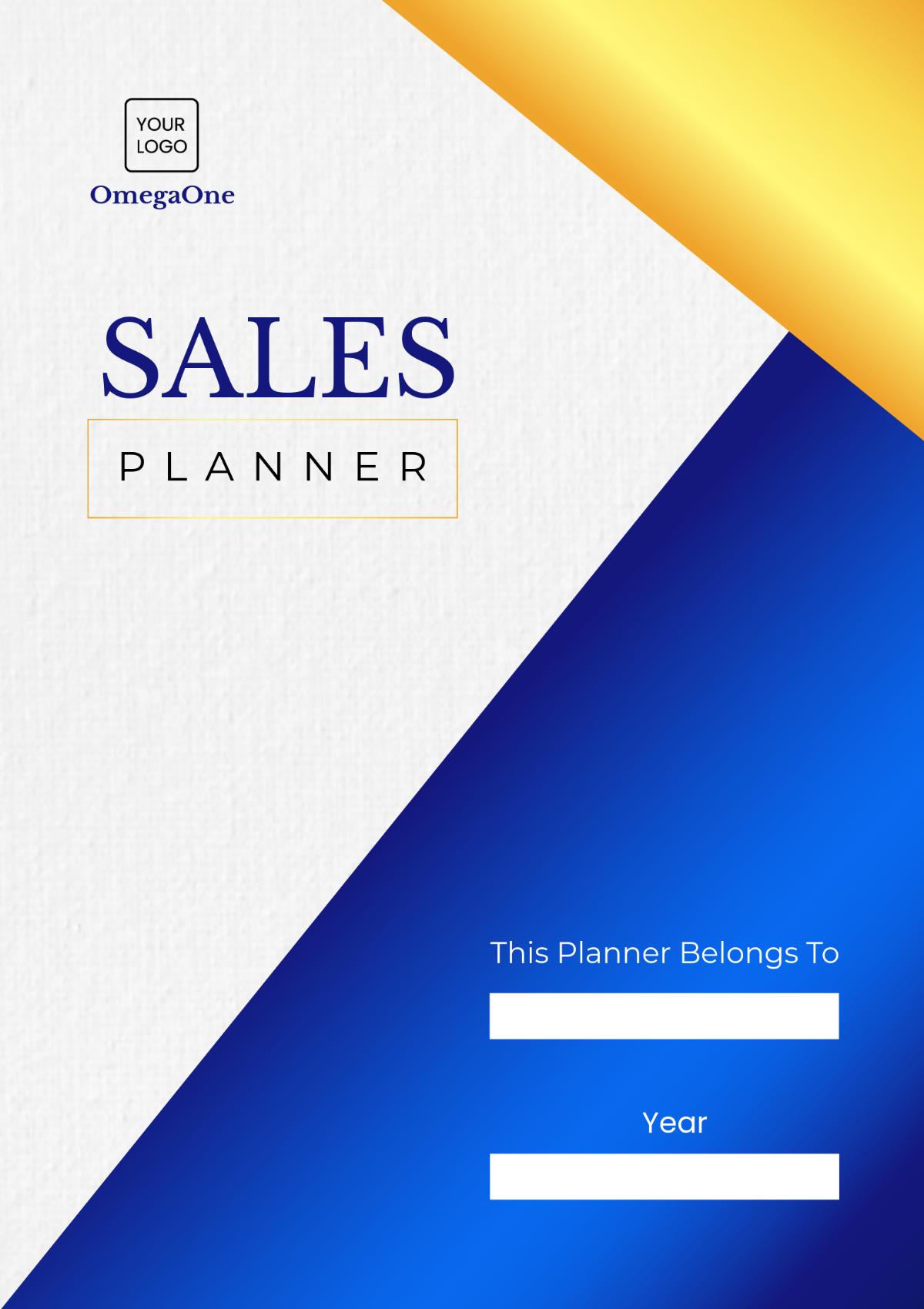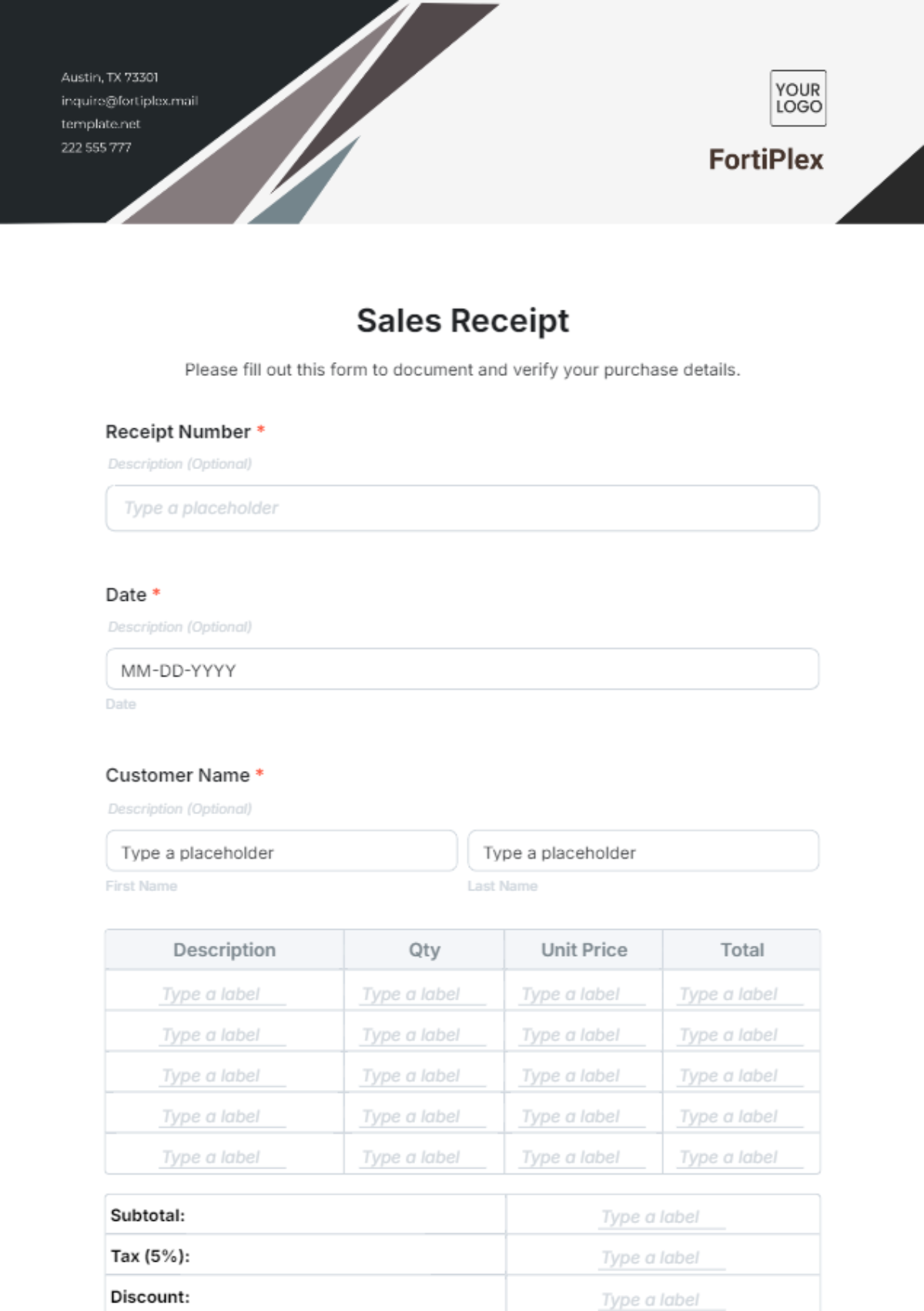Free Sales Collateral Management Best Practices Template
Sales Collateral Management Best Practices
I. Introduction
In the dynamic business landscape and beyond, the management of sales collateral emerges as a vital driver of success for our organization. The ever-evolving demands of customers, the complexity of products and services, and the increasing focus on brand consistency require us to establish a robust framework for Sales Collateral Management. This document serves as a roadmap to guide our teams in the creation, organization, distribution, review, and maintenance of sales collateral.
The purpose of this comprehensive guide is to set the stage for effective Sales Collateral Management. By adhering to these best practices, our organization aims to foster a culture of efficiency and excellence within our sales teams. These practices also work to improve the customer experience, ensuring that every interaction, presentation, or proposal consistently meets the high standards our clients expect. Additionally, this guide underscores the importance of legal and regulatory compliance in today's business environment, further protecting our interests and our clients' trust.
Purpose
The primary purpose of this document is to provide a standardized framework for Sales Collateral Management, serving as a blueprint for a more streamlined and efficient sales process. Through a well-structured approach, our organization aims to achieve the following objectives:
Increased Productivity
By providing sales teams with up-to-date, relevant, and effective sales collaterals, we enable them to perform at their best.
Enhanced Customer Experience
A consistent and professional representation of our products and services ensures that every client interaction is a positive one.
Brand Consistency
Our brand identity is a valuable asset. Maintaining consistency across all materials reinforces our brand's recognition and trustworthiness.
Legal and Regulatory Compliance
In a world where compliance is paramount, adhering to legal and regulatory standards in our collaterals safeguards our reputation and reduces potential risks.
Responsibilities
The success of our Sales Collateral Management relies on the collaboration and dedication of various teams and roles within our organization:
Role | Responsibility |
|---|---|
Sales Collateral Manager | This key role oversees the entire process of collateral management. They are responsible for maintaining the collateral management system, ensuring quality and relevance, and providing vital training and support to sales teams. |
Sales Teams | As the frontline forces of our sales efforts, sales teams actively contribute to the creation, request, and utilization of sales collaterals. Their feedback and suggestions for improvements are invaluable for keeping materials relevant and effective. |
Marketing Team | The marketing department plays a vital role in creating marketing collaterals that support the sales process. Their work must align with our brand guidelines and visual identity to maintain consistency and professionalism. |
Legal and Compliance Team | In the realm of legal and regulatory standards, this team performs critical tasks. They review and approve collaterals to ensure full compliance and adherence to data privacy and security protocols. |
II. Sales Collateral Categories
Our sales collaterals can be categorized into various types, each serving a specific purpose:
Type | Description |
|---|---|
Brochures and pamphlet | Short, informative documents for quick reference during sales pitches. |
Product catalogs | Detailed listings of our products or services, often used for in-depth discussions with clients. |
Presentations and pitch decks | Dynamic tools for persuasive pitches and product or service demonstrations. |
Case studies and success stories | Real-world examples of our solutions in action, showcasing their effectiveness. |
Sales scripts and call guides | Structured outlines to assist sales representatives in phone and in-person interactions. |
Contracts and proposals | Legal documents outlining the terms and conditions of our offerings. |
Price lists and terms sheets | Essential documents for price negotiations and agreement terms. |
Testimonials and references | Endorsements and references from satisfied clients. |
Training materials | Resources to educate and train sales teams effectively. |
III. Collateral Creation
Collaborative Creation
Encourage cross-functional collaboration between sales, marketing, and product teams when creating collaterals. This fosters comprehensive and accurate materials.
Brand Consistency
It is imperative to ensure that all collateral materials align seamlessly with our company's brand guidelines, as well as its visual identity. This is of immense importance as maintaining a level of consistency in branding not only strengthens our brand perception but also thoroughly enhances our image in a professional manner.
Standardized Templates
Use standardized templates for presentations and documents. This consistency simplifies creation, fosters uniformity, and ensures that our materials remain visually appealing.
IV. Collateral Storage and Organization
Centralized Repository
Establish a central digital repository where all sales collaterals are stored. This repository ensures that collaterals are easy to access and provides a robust system for version control.
Folder Structure
Organize collaterals into logical folders or categories based on type, relevance, and customer journey stages. A well-structured system makes it easier for sales teams to locate the right materials.
V. Collateral Access and Distribution
Role-Based Access
Grant access to collaterals based on roles and responsibilities. This practice ensures security and privacy, preventing unauthorized users from accessing sensitive information.
Easy Access
Ensure that sales teams can access collaterals seamlessly, whether they are in the office, on the road, or meeting with clients. Utilizing cloud-based platforms and mobile applications can be particularly useful for remote access.
VI. Collateral Review and Approval
Legal and Compliance Review
All collaterals must undergo a rigorous review and approval process to ensure full compliance with legal and regulatory standards. This is particularly important in industries with strict regulations.
Feedback Loops
Establish a feedback loop system in which our sales teams are given the opportunity to offer their input regarding the effectiveness of various collaterals. Their unique insights and perspectives gained from direct experience are invaluable. Utilizing their feedback in the evaluation and revision process of our materials is crucial for continuous improvement and optimization of our collateral effectiveness.
VII. Collateral Version Control
Versioning System
We need to implement a versioning system. This system has been designed to comprehensively track any changes and updates that are made to the collaterals. Its operative efficiency is evident in the way it makes it easy to identify the most recent versions, therefore ensuring smooth access and reliable records.
Controlled Edits
Authorize only specific individuals or teams to edit collaterals, and ensure that changes are well-documented. This control prevents unauthorized alterations and maintains quality.
VIII. Collateral Usage Tracking
Metrics
Track the usage of collaterals, measuring which materials are most effective at different stages of the sales process. Metrics can include the number of downloads, views, or successful closes attributed to specific collaterals.
Continuous Improvement
Make use of the data we acquire related to usage in order to consistently advance and refresh our collaterals. Our prime focus should lie on identifying the strategies and methodologies that work exceptionally well for both our sales teams and customers, thus paving way for better workflow and customer satisfaction.
IX. Collateral Archiving and Disposal
Archiving
Archive outdated collaterals for reference and historical purposes. An archive can serve as a valuable resource for future reference or as a historical record of our sales materials.
Disposal
Develop a clear process for safely disposing of materials that are no longer relevant. This process should prioritize data privacy and security to prevent unauthorized access to sensitive information.
X. Training and Education
Process | Description |
|---|---|
Training Programs | Offer training programs for sales teams on collateral usage and best practices. Proper training ensures that sales representatives maximize the potential of our materials. |
Updates | Keep sales teams informed about updates and new collateral materials. Regular communication is key to ensuring that the sales force remains up-to-date. |
XI. Continuous Improvement
Regular Assessment
One should carry out regular and systematic evaluations of the processes involved in collateral management. These evaluations are essentially beneficial as they assist in identifying the various areas in the collateral management process, which necessitate enhancements, improvements, or streamlining for the process to function more efficiently and effectively.
Feedback Mechanisms
Actively seek out and request feedback from sales teams to identify and determine areas that require improvement. The real-world experiences of the sales teams that they have accumulated over time, provide invaluable and indispensable insights and good understanding into what strategies and actions work effectively and which ones need adjustments or modifications.
XII. Conclusion
Efficient Sales Collateral Management is pivotal in our quest for success in the ever-changing landscape and beyond. By following these best practices, [Your Company Name] can streamline our sales processes, maintain brand consistency, improve the customer experience, and comply with legal and regulatory standards. Continuous evaluation and refinement of our collateral management system will ensure that we remain competitive and relevant in the market.















































